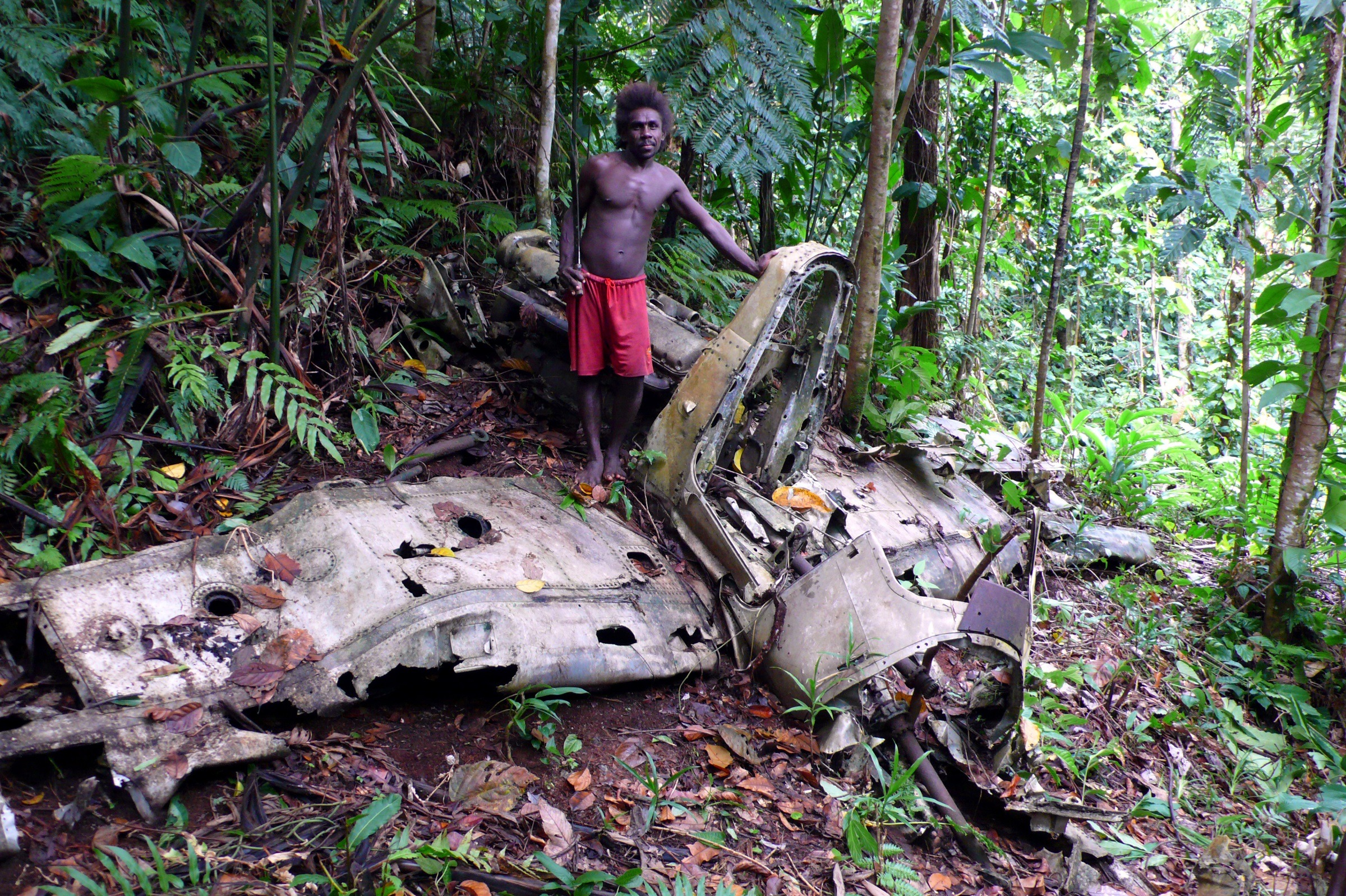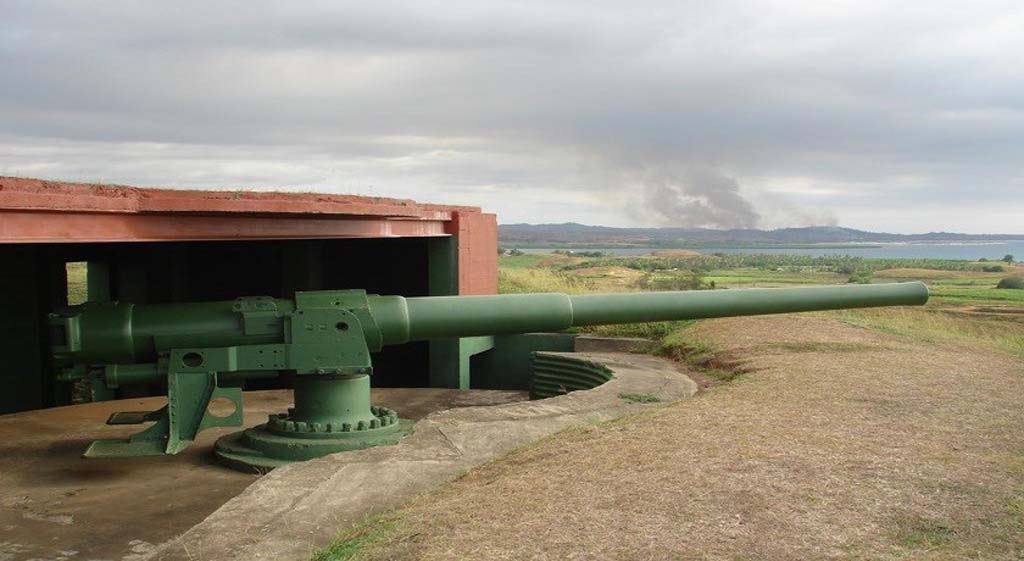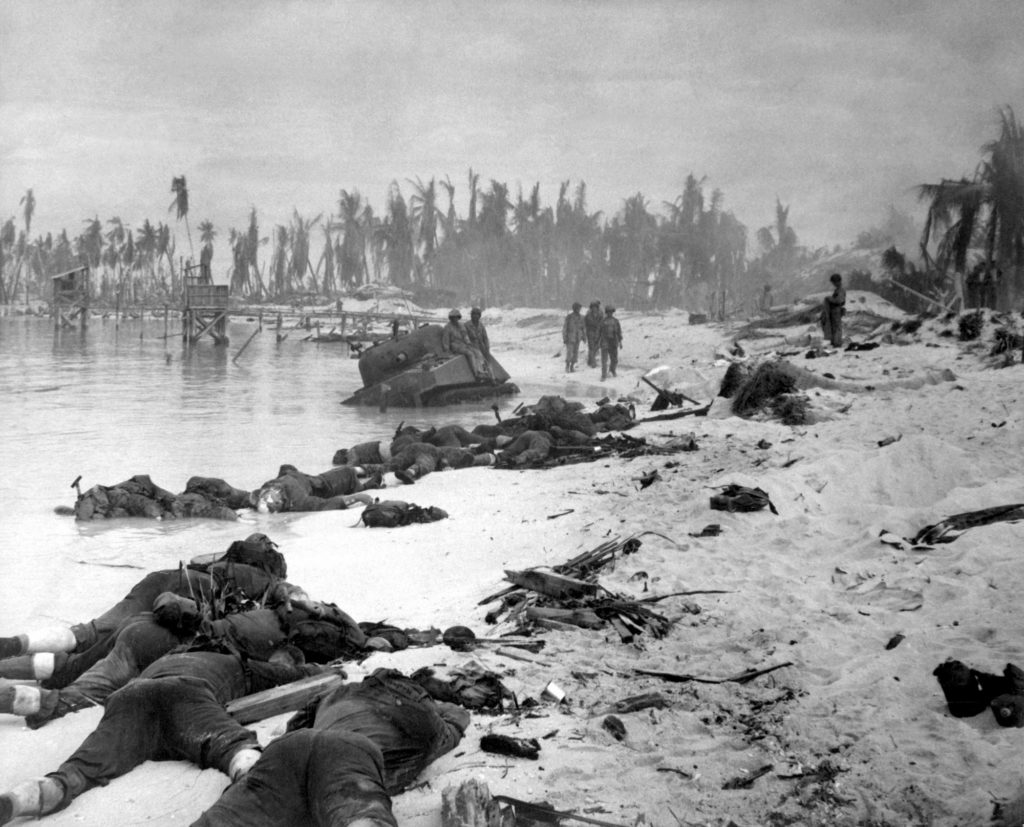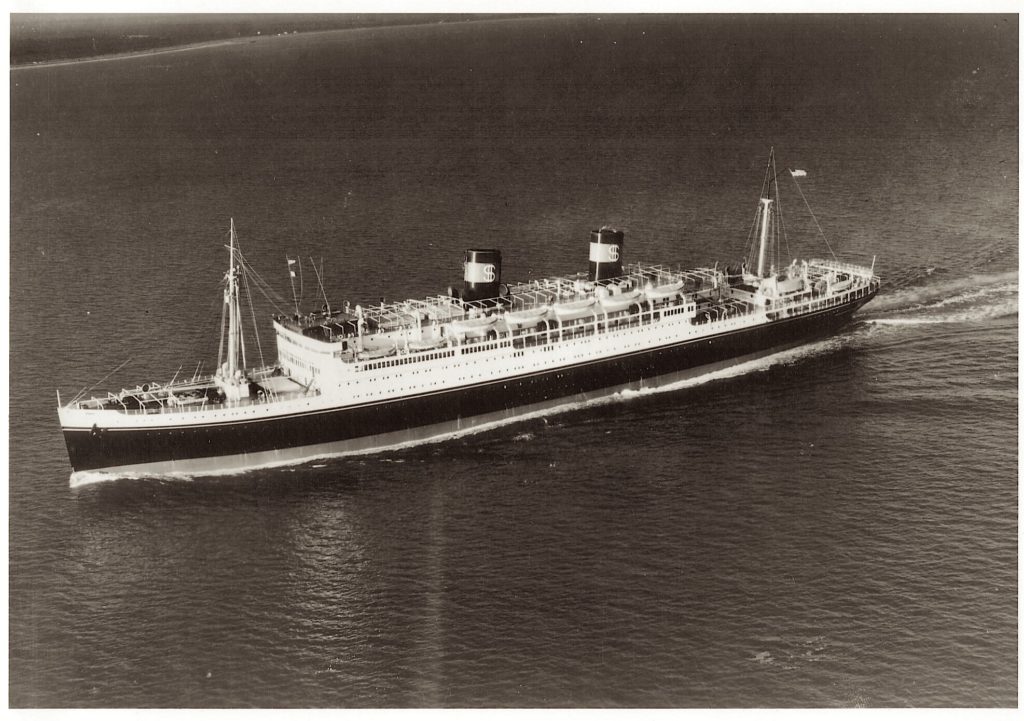Pacific Islands
World War Two Historic Sites
Roderick Eime says anyone who saw the thrilling HBO series, The Pacific, will know what a frantic time it was all across the South Pacific during WWII. Many relics and historic sites remain that can still be visited by adventurous travellers – lest we forget. Here are five of the most famous accessible ones.
February 6, 2020
Pacific Island Living
February 6, 2020East Battery, Darwin Australia
Most of us know that Darwin was bombed during WWII, but fewer will know that some 100 raids took place all across the top end from 1942 until late 1943 everywhere from Broome to Townsville.
In Darwin you can visit East Point Reserve where the huge gun emplacement still sits forlorn and exhausted after the frantic activity during the war. A comprehensive museum is housed in the old command post. In a wonderful twist of irony, the 9-inch gun was sold to the Japanese Fujita Salvage Company as scrap in 1959 so a replica is now in its place.
The former naval facility at Winnellie in the Northern Territory is now the Australian Aviation Heritage Centre that miraculously survived both the war and cyclone Tracy and houses an impressive display of both modern and vintage aircraft including a massive B-52 and what’s left of Sergeant Hajime Toyoshima’s Zero that crashed on Melville Island. Captured and disarmed by Aborigines, Toyoshima was the first Japanese POW and later died in the Cowra breakout.
Luganville, Espiritu Santo, Vanuatu
Immortalised by James Michener with his 1946 Pulitzer Prizewinning novel, Tales of the South Pacific, the island of Espiritu Santo’s wartime history is now forever part of local folklore. Michener was stationed for a period on Santo while serving in the US Navy during WWII when Luganville was a massive forward supply base in what was then the New Hebrides.
The island is full of stories from the period and two that will always feature large are also renowned dive sites:
First, the wreck of the SS President Coolidge. The giant, luxury ocean liner converted to a troopship wandered into a ‘friendly’ minefield, striking two and finally sinking after the captain deliberately ran the vessel aground. This ensured 5,340 troops could disembark safely with only two casualties, but it later rolled over and sank, taking many tons of valuable supplies with her. The ship is now one of the most famous dive sites in the world.
The other is the remarkable so-called ‘Million Dollar Point’ where many tons of war surplus, including brand new vehicles and machinery, were dumped into the sea.
Momi Bay Battery Historical Park, Fiji
When Japan’s Imperial Army stormed through South East Asia and headed into the Pacific, it seemed every island was a target. So in May 1941, two 6-inch Mark VII naval guns became operational at Momi Bay on the westernmost point of Viti Levu.
The two long range guns could fire a 45kg shell more than 12 kilometres and did so only once in possible anger in late 1943 when something suspicious popped up on the sonar screen. The site was closed in 1944 when Japanese forces were on the retreat and Fiji was no longer under threat of
invasion.
In 2017 the whole emplacement was restored and is now a museum. The site is remarkable in that the original guns are still in place. Many were dismantled and sold for scrap after WWII.

Red Beach, Tarawa, Kiribati
In November 1943, the otherwise unremarkable atoll of Tarawa became the scene of one of WWII’s most intense battles when US Marines stormed ashore to retake the island from the entrenched Japanese garrison. With the US Forces was Australian cinematographer, Damien Parer, famous for his Academy Award winning documentary on the Kokoda Trail.
After 76 gruelling hours, the US prevailed, leaving 6000 soldiers dead from both sides.
Today you can still see relics of that tremendous event in the form of bunkers, pillboxes, gun emplacements and relics scattered across the island. Many of these ageing structures have been repurposed by the locals as storage and accommodation.

Most poignant of all is the actual landing beach, Red Beach, on Betio Island where, at low tide, you can still see the rusting superstructures of American landing craft and even a foreverstranded Sherman tank, with its turret slumped dejectedly in the sand.
Guadalcanal, Solomon Islands
In many ways, the brutal Solomon Islands campaign was the turning point in the war in the Pacific and it all started with a drawn-out battle for the airfield at Lungga that would later be known as Henderson Field. You can see relics all around Honiara with some in private collections and it’s not unusual for the remains of fallen soldiers to be found occasionally.
Collections are at Vilu and at Lungga as well as Willie Besi’s and the Markwarth brothers, now moved from their former location near the airport. Ask at the Tourism office for locations and guides who can assist you.
Be sure to make the trek up to Skyline Ridge where memorials to both the fallen US and Japanese soldiers are located. Mount Austin was the scene of heavy fighting as both sides sought to dominate the high ground.

© 2024 Pacific Island Living Magazine all Rights Reserved
Website by Power Marketing